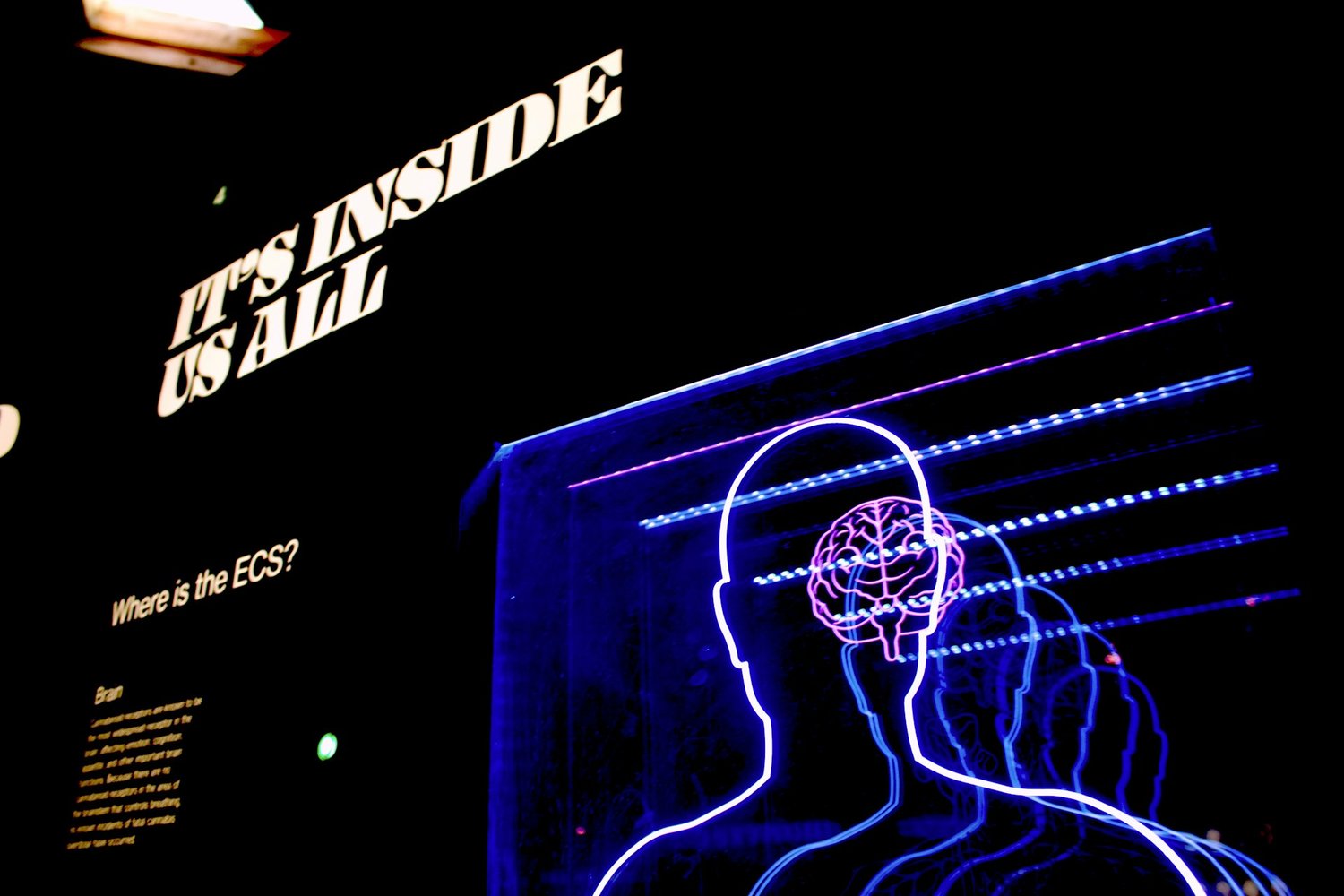Welcome to our blog, where we delve into the fascinating realm of neuroscience and uncover the latest findings related to trauma and its profound impact on the brain. In this article, we will explore the underlying causes of anxiety, depression, and post-traumatic stress disorder (PTSD) symptoms, shedding light on how they manifest differently in each condition. Prepare to embark on a journey of discovery as we unravel the intricate connections between trauma and mental health.
Understanding Trauma:
Trauma, whether experienced through a single distressing event or prolonged exposure to adverse circumstances, can leave an indelible mark on the human brain. The brain's response to trauma is a complex interplay of neurochemical and structural changes that influence emotions, cognition, and behavior.
Anxiety's Grip on the Mind:
Anxiety, a common manifestation of trauma, can be likened to a relentless grip on the mind. At the core of anxiety lies an overactive amygdala, the brain's alarm system. Trauma can sensitize the amygdala, causing it to react more intensely to perceived threats, even in non-threatening situations. This heightened response triggers the release of stress hormones, such as cortisol, further fueling anxiety symptoms like restlessness, irritability, and a constant sense of unease.
Depression's Heavy Shroud:
Depression, another consequence of trauma, envelops individuals in a heavy shroud of sadness, hopelessness, and lethargy. The brain regions involved in regulating mood, such as the prefrontal cortex and the hippocampus, undergo changes in structure and function. Reduced activity in these regions leads to an imbalance in neurotransmitters like serotonin and dopamine, which are crucial for maintaining a stable mood. The result is a profound disruption in emotional well-being, often accompanied by a loss of interest in once pleasurable activities and persistent feelings of emptiness.
Unraveling the Complexity of PTSD:
Post-traumatic stress disorder (PTSD) is a distinct condition that can arise following exposure to traumatic events. The hallmark of PTSD is the debilitating intrusion of traumatic memories, often accompanied by intense emotional and physiological reactions. The brain's fear circuitry, including the amygdala and the hippocampus, becomes hypersensitive in individuals with PTSD. This heightened reactivity can trigger flashbacks, nightmares, and a constant state of hyperarousal. Additionally, the prefrontal cortex, responsible for rational thought and emotional regulation, may exhibit decreased functioning, further impairing the ability to cope with traumatic memories.
Common Threads and Unique Expressions:
While anxiety, depression, and PTSD all stem from trauma, each condition exhibits its own unique expression. Anxiety tends to revolve around excessive worry and an intense fear of future threats. Depression, on the other hand, is characterized by a profound sense of sadness and a loss of interest in life. PTSD stands out with its intrusive memories and hyperarousal symptoms.
As we conclude our exploration of the intricate relationship between trauma and mental health, we hope to have shed light on the latest neuroscience findings. Trauma, be it a singular event or prolonged exposure, leaves an undeniable imprint on the brain, shaping the way we perceive and navigate the world. Anxiety, depression, and PTSD emerge as distinct consequences of trauma, each with its own set of symptoms and underlying neural mechanisms. By unraveling the secrets of trauma, we take a step closer to understanding the complexity of human experience and developing more effective interventions to support those affected. Remember, healing is possible, and there is hope for a brighter tomorrow.
Here is a great resource for you. Click here to check it


